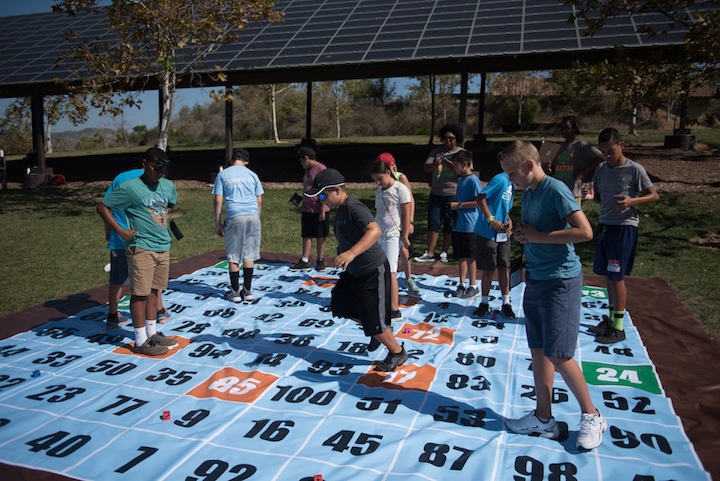
 1. Games can be difficult, but the best games are hard in a tantalizingly tricky way that compels students to keep going, to persist and to try new strategies.
1. Games can be difficult, but the best games are hard in a tantalizingly tricky way that compels students to keep going, to persist and to try new strategies.2. Games can create connections between the physical body and the mind.
3. Just introducing games and technology won't automatically provide an active learning environment. Games and technology are tools; you need the right types of tools and deliberate facilitation of games to create an environment where students are learning by doing.
4. Games can prepare students for the 21st  century and for careers in STEM fields by helping students develop problem-solving skills, critical thinking skills, perseverance and a growth mindset.
century and for careers in STEM fields by helping students develop problem-solving skills, critical thinking skills, perseverance and a growth mindset.
5. Games make brains grow in the prefrontal cortex (abstract thinking, analyzing, making choices, making decisions), the hippocampus (memory, spatial navigation, learning) and the cerebellum (movement). If leveraged well, game-based learning can harness student's intrinsic motivation and love for play and lead them toward complex problem solving.
Interested? Read more facts and insights in this game-based learning infographic:

Calli Wright was the Marketing Manager at MIND Research Institute. She loves playing and designing board games, which she often talks about on twitter @CalliWrights.
Comment